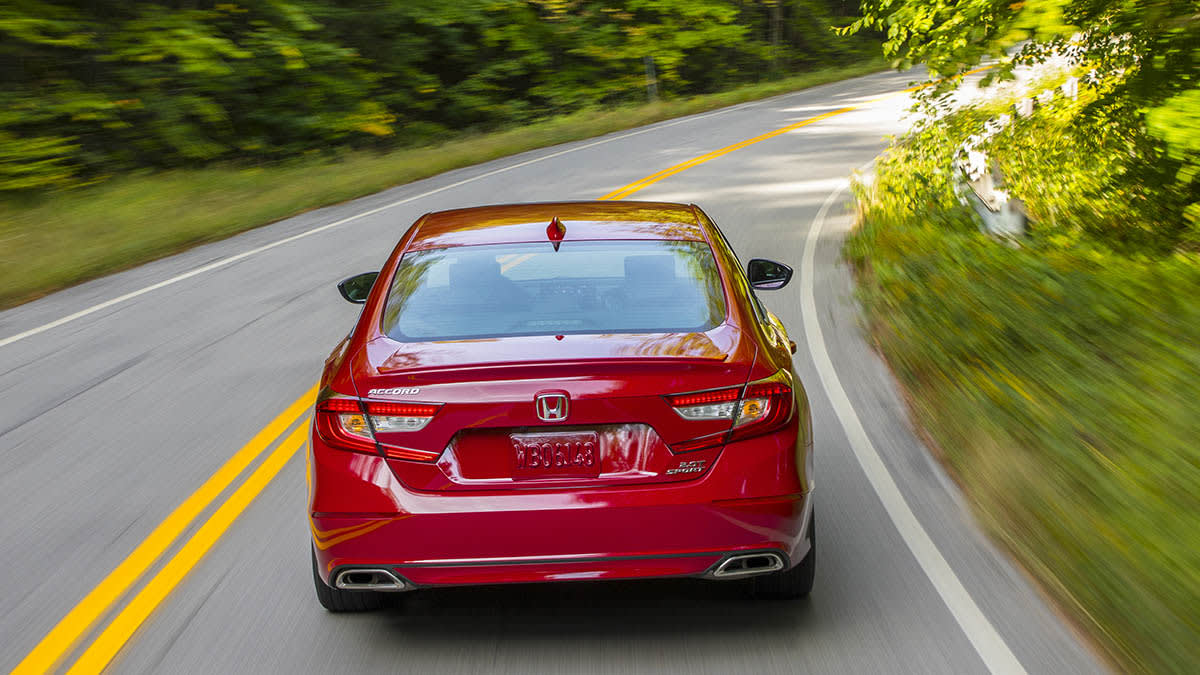sleepydoc
Well-Known Member
You have multiple flaws in your reasoning.And this is the point. What you are asking for is a system with low false positives and reliable true positives (i.e. low false negatives). And that's fine, we all want that. But all these other brands you hold up as examples only have (to your knowledge) low false positives .. you have no way to know what the rate of false negatives is (that is, the car fails to brake when it should). So they fail to meet your own criteria for "good" examples of AEB.
If all you want is a car that has very low false positives for AEB, that's easy .. get a car wtihout AEB entirely (or turn it off). Problem solved!
First, you conveniently assume that 'all the examples' have a high false negative rate and therefore fail and then by implication use that to justify Tesla's high false positive rate. Since you have no data on Tesla's false negative rate the conclusion that Tesla's system is better than (or is even as good as) other cars' systems is nothing but speculation. Second, you provide no evidence that other cars' systems are failing.
Then you say, well, if all the false positives are a problem, just turn it off! Really? Your solution to a system that's so poor that it drives people crazy is to turn it off? You're basically admitting it's a failure.
We have more than ample evidence that Tesla's system has a high false positive rate. People give all manner of excuses: "it saw a shadow," "there was a truck," "it was confused by a snow drift," or, the best one of all "it must have seen something, you just missed it." How about the obvious reason: it's just a crappy system. Ultimately, in all of these cases the car is braking when it doesn't need to which is the definition of a false positive.
AEB systems are by definition emergency backup systems for rare circumstances. If you set a goal of catching all cases with any system that is less than perfect you end up with a high false negative rate to catch a few rare events, some of which would have been caught anyway but do so at a cost - cars brake unnecessarily, potentially getting rear ended or causing rear endings further down the line, aggravation, poor driving experience, etc. Then they turn the system off as you suggest and we're actually worse off then we would have been if they had set the sensitivity properly in the first place. Ah, but you say "if someone rear ends you it's their fault for not paying attention." Well, if the system has a false negative and you hit something, it's your fault for not paying attention. See how that works? it's not that tough.
Finally, you're assuming that all of these events are due to the AEB system. If they are then the AEB system activation in Teslas is probably a thousand fold higher than pretty much every other car I've driven (no, I'm not exaggerating there, I'm underestimating if anything.) If they are not AEB events then we not only have an issue with the AEB system but evidence that the other systems have problems too. Either way, Tesla is failing here.



